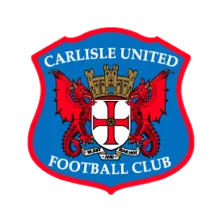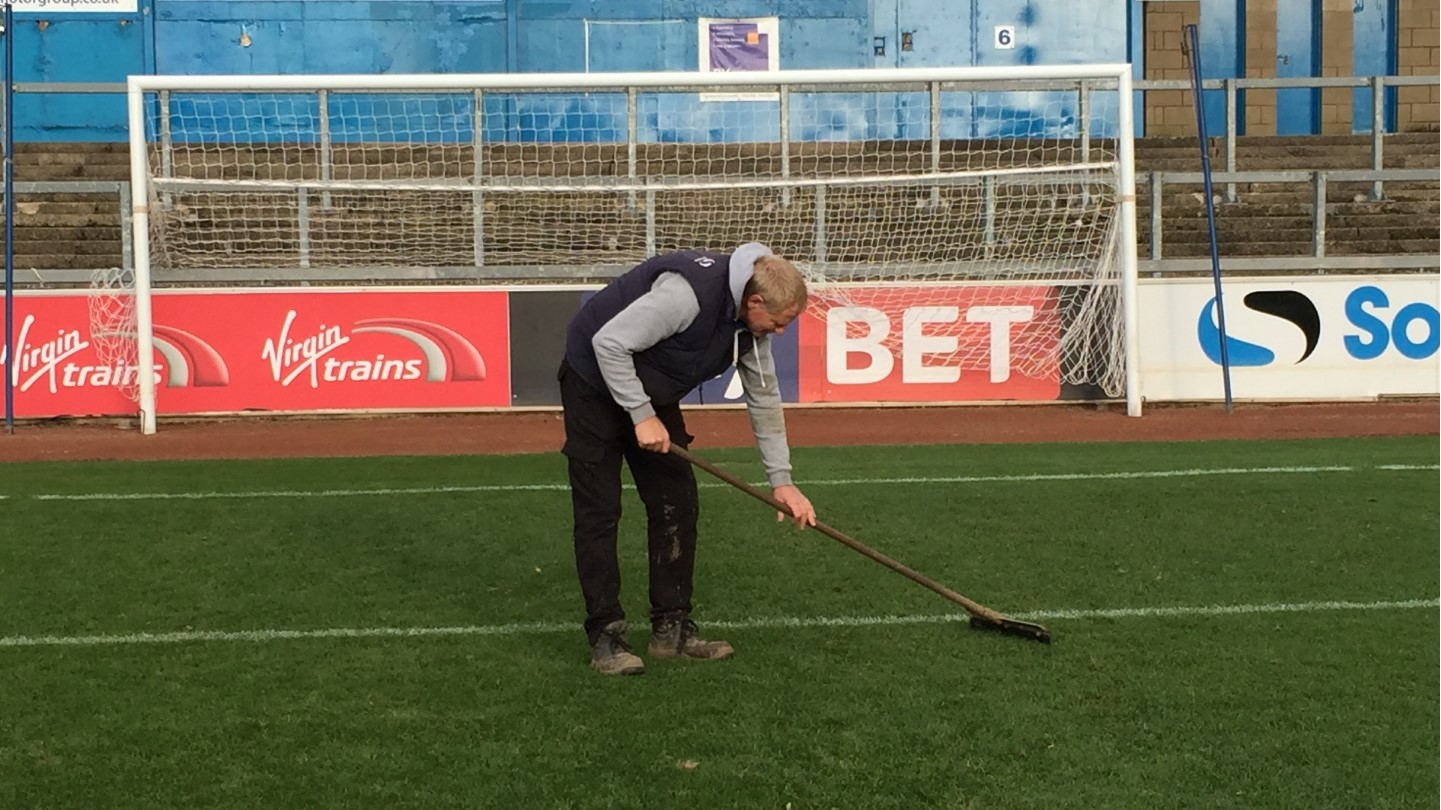In the second part of our summer interview with stadium manager Dave Mitchell he spoke more about the process of turning a ploughed, aerated, sanded and seeded surface of ‘mud’ into a playing surface fit for a professional game.
As you would expect, it isn’t the easiest of tasks and the job isn’t made any easier when unexpected problems and tests crops up, usually just at the time when the ground staff really need to be pushing things on.
“What we can find at around the two to three week stage, when the grass has germinated, is that it will generally pick up a fungal disease called leaf spot,” he told us. “We’ll treat it, obviously, but if we don’t quite get it right it can become a real problem.
“That’s where having other ground staff colleagues you can call on for advice is invaluable. Being able to pick the phone up and talk to people who are knowledgeable and experienced means you’re going to get a pretty good answer.
“Rye grass is a very hungry type of grass, and it’s growing in pretty much 80% sand, so we’ve got to feed it as much as we can. We add nitrogen to help it to thrive but if that disease does come along it makes things stand still for at least a couple of days.
“We have automatic irrigation, so we can keep it damp through the hot spells, and we use fertilisers - little and often - to keep it healthy. Simply by keeping an eye on it you can tend to tell when something isn’t right, so it’s all about being aware of what you should be seeing and making sure you react quickly as soon as it starts to feel like things aren’t quite where they need to be.”
“After a couple of weeks of healthy grass growing we’ll give it a first cut,” he continued. “Once it’s sprung back from that we cut it again, and you’re pretty much off and running at that stage. There’s scope to add more seed but I’m pretty confident we’ve got it right this time.
“Last year’s seeding job wasn’t the best, because we ended up with a lot of seeds in the same lines, and all in one pass, so we’ve learned lessons from that as well. We’ve aerated it, we’ve added sand and we’ve done a bit of self-seeding through seven hours of walking backwards across the whole surface. That was interesting, but we think it's been worth it.
“Brunton Park is famous for its birds and we’ve had the added challenge of a seagull’s nest to move from pitch side. We’ve also had an Oyster Catcher living with us, as well as the resident pigeons, so we’re keeping a watch on their antics. It’s becoming a bit of an SSSI, and there’s probably even a fox here somewhere as well!”
On the overall spend for the summer pitch renovation programme, he said: “We have four pitches to tend to so, with the work needed on all of them, we’ll take the spend into five figures in terms of the thousands. Bear in mind that’s for a fairly basic renovation across the board.
“I’d like to do more to keep all of them playable but we have to accept that financial constraints do come into it at times. Keith is really appreciative of what we produce for him and that’s reciprocated. It’s a good working relationship and we talk a lot to make sure that the first team can have a facility to train and play on as much as possible.
“We all know we live in the north west, and that means we’ll be battered by severe frosts and prolonged rain at times, but if we can see it coming or adjust accordingly we tend to get there more often than not. We hope that any work we do on the pitches which is to the benefit of Keith and his squad will go onto the points tally when it comes to the first team playing their matches.”

